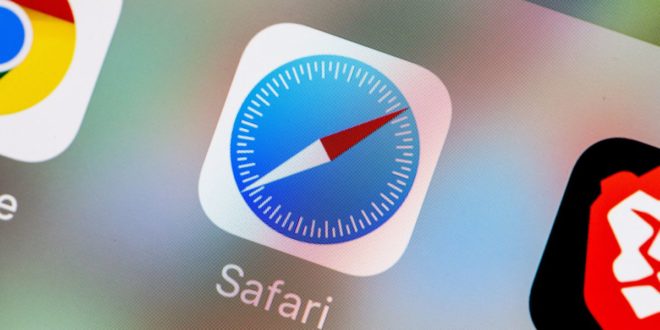How to update Safari on Mac
Safari is one of the most used browsers on Mac OS X and more and more often, like other browsers, it is targeted by different types of malware and adware that can make it difficult to browse the internet. It is therefore essential to keep it up to date with the latest version from Apple, which also improves security.
OS X OS periodically checks for and automatically checks for updates to Safari (and any software installed through the App Store) and asks you to install any updates that were just found, browser extensions but this procedure is not still active or going to a good end.
Mac Safari is also the default iOS web browser, which comes preinstalled on iPhone, iPad, and iPod Touch.
If we want to make sure we have the latest version of Safari, we have to check it manually, it’s a simple operation, you start by pressing the classic Apple button in the menu at the top left and then tap on App Store in the drop-down menu.
Open the window by clicking on updates at the top right, so that the system checks for updates from Apple if there are any upgrades, if in the list below there is no one who talks about Safari is already up to date and there is nothing else to do!
If you see one or more items that refer to Safari in the Available Updates list on the Refresh button on the right, the required files will be downloaded and then automatically installed.
Safari update option
Another way to check availability for browser updates: button the usual button with the apple …
by selecting the information about this Mac in the drop-down menu, then clicking on the Software Update button, located in the window opened.
Read also: Everything you need to know about diamond painting
Safari automatic update
To avoid having to manually check if any updates have been released, we can make sure they are installed automatically, as they are recommended and needed!
To do this, simply turn on Automatic Updates on your Mac, then click on the System Preferences icon on the dock or Applications folder, then on the App Store again.
In the window you opened, check the boxes with the following entries:
- Automatic update search
- Download the most recent updates available in the background
- Install app updates
- Install MacOS updates
- Installs system data files and security updates.
To confirm your choices, simply close the System Preferences window.
Here it is! OS X will now handle Safari (and other programs) when there is a notification at the top right of your Mac’s desktop indicating the availability of new updates, which may however be postponed (not recommended).



